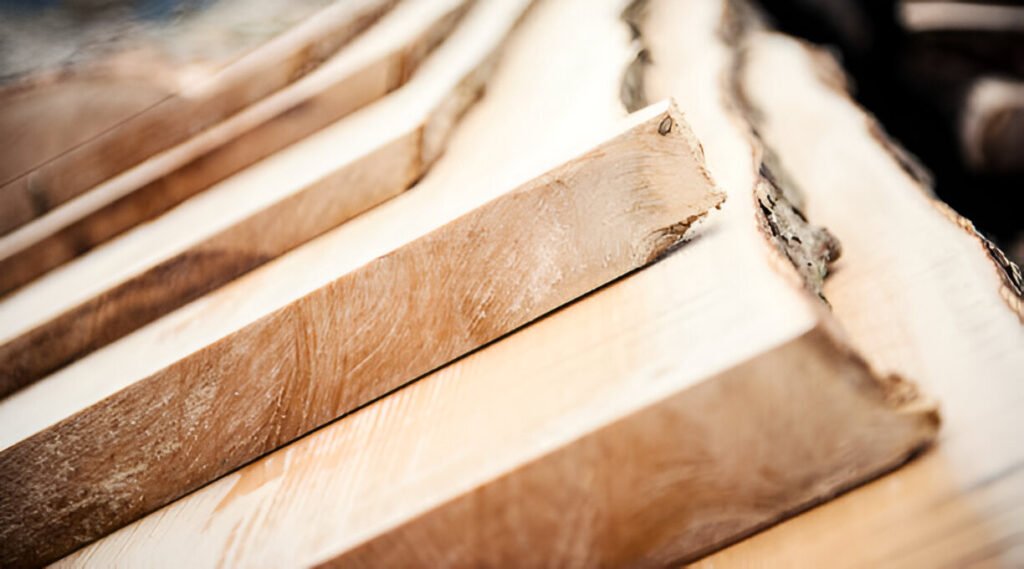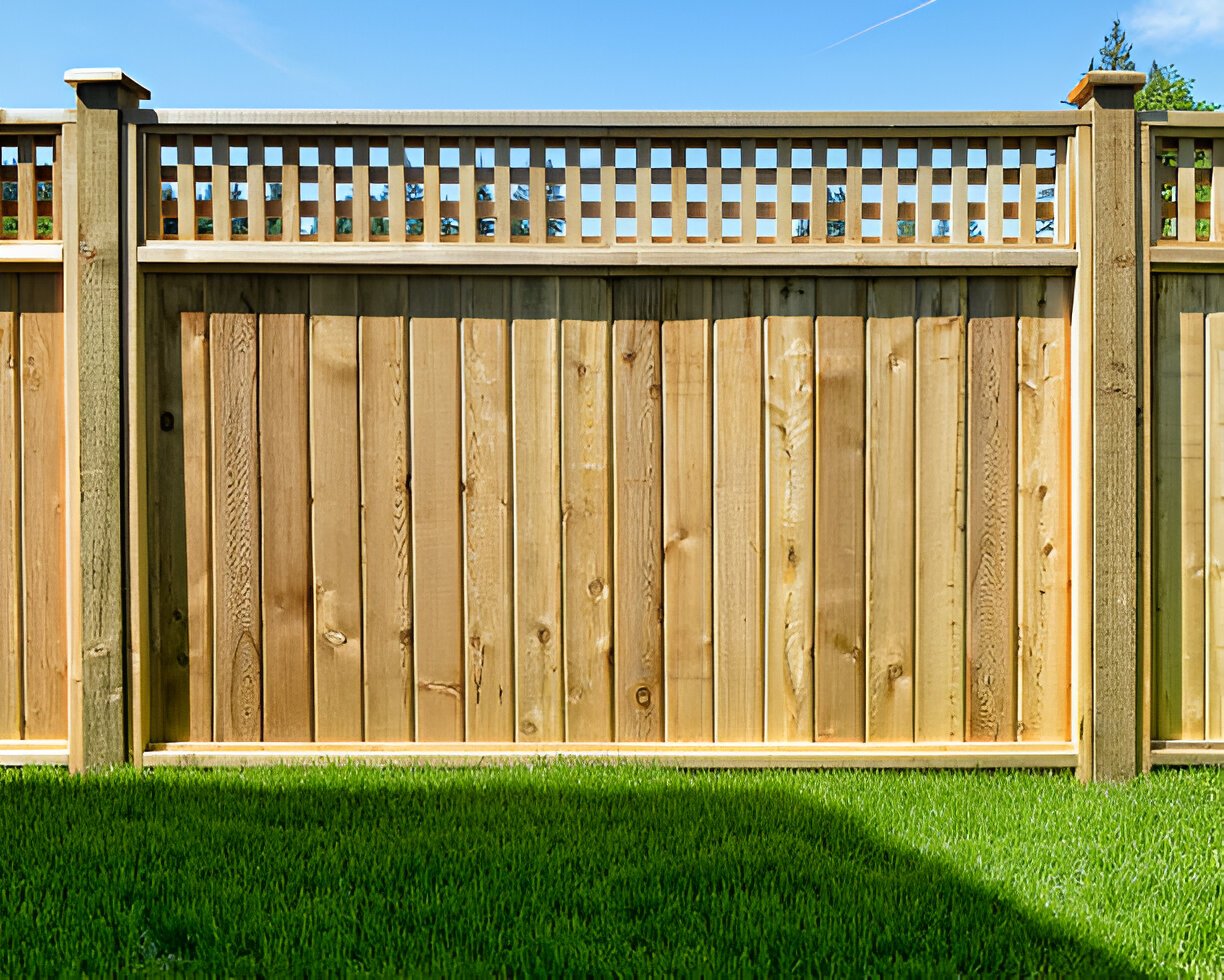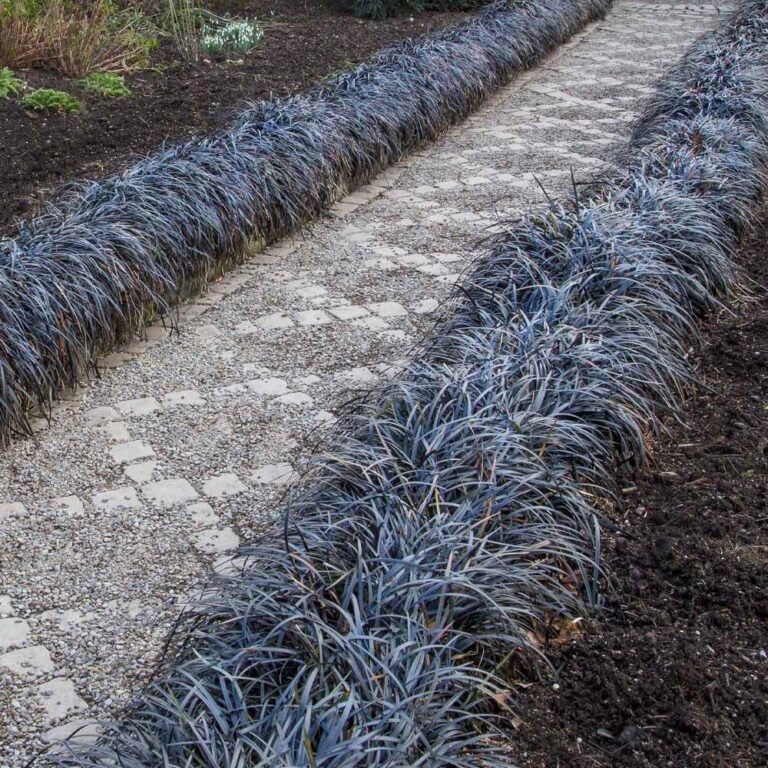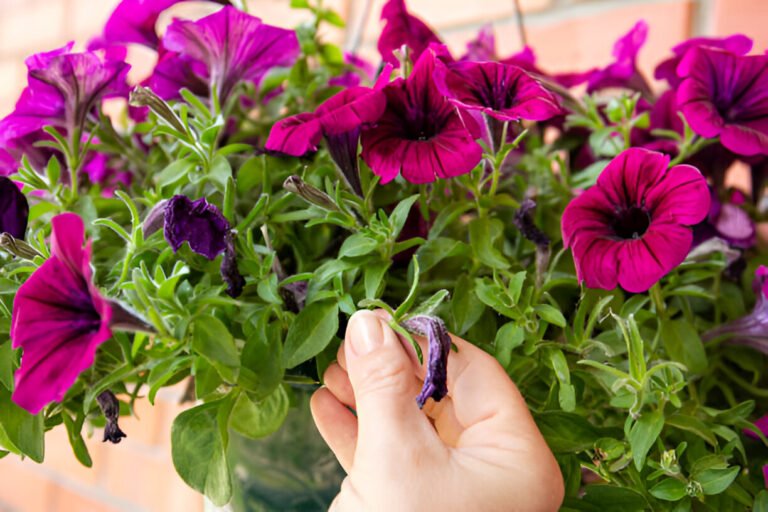What Kind of Wood Can You Use for Fence Posts? (With Pros and Cons)
When it comes to fencing, wooden posts reign supreme in my book. Their charm suits many architectural styles. They add a warm, organic touch to any property.
I’ve explored different woods for fence posts. Each type has its own traits and benefits.
In this post, I’m excited to share everything I’ve learned about choosing the best wood for your fence posts—so grab a cup of coffee, and let’s dive in!
The Allure of Wooden Fence Posts
Before we jump into the types of wood, let’s take a moment to appreciate why wooden fence posts are so appealing. Wooden fences have a unique ability to blend with nature, creating an inviting atmosphere. A wooden fence can provide privacy, security, and a decorative touch. It will also boost your home’s curb appeal.
Types of Wood for Fence Posts

1. Pine: A Cost-Effective Option
Pine is the friendly neighborhood choice when it comes to affordability. This softwood is readily available and easy to work with, making it a go-to for many DIY enthusiasts like myself. Pine fence posts carry a natural beauty and can easily be stained or painted to suit your design vision.
- Pros:
- Cost-effective
- Readily available
- Easy to work with
- Cons:
- Less durable than hardwoods
- Prone to warping and splitting over time
I’ve used pine for several fence projects. It’s not the most durable option, but it offers great value on a budget.
2. Cedar: Natural Durability
Cedar is like the reliable friend who always shows up when you need them. It boasts natural durability and resistance to rot and insect damage. The beautiful reddish hue of cedar enhances any property’s aesthetic, making it a favorite among homeowners.
- Pros:
- Naturally resistant to decay
- Attractive color
- Low maintenance
- Cons:
- More expensive than pine
- Limited availability in some areas
I find that investing in cedar pays off in the long run, as it requires less maintenance and can last for decades if properly cared for.
3. Redwood: Premium Quality
Redwood stands tall as a premium option in the world of fencing. Known for its rich color and quality, this wood type is naturally resistant to decay and can withstand harsh weather conditions.
- Pros:
- Exceptional durability
- Beautiful appearance
- Resists insects and rot
- Cons:
- Higher price point
- Limited availability in some regions
If you’re looking for a show-stopper, redwood is the way to go. I love how it adds elegance to any fence design, turning even a simple fence into a statement piece.
4. Cypress: Resilient and Rot-Resistant
Cypress is like the underdog of the fencing world, but it packs a punch. This versatile wood is prized for its resilience and natural resistance to rot and decay, making it a great choice for high-moisture areas.
- Pros:
- Strong and durable
- Naturally rot-resistant
- Unique color and grain
- Cons:
- May be less common than other types
- Can be more expensive than pine
If you live in a humid area, I highly recommend cypress for your fence posts. It’s a strong contender that can handle whatever Mother Nature throws at it.
5. Spruce: Affordable and Attractive
Spruce offers an attractive balance of affordability and aesthetics. While it may not be as naturally durable as cedar or redwood, it can still be treated for extra protection against rot and decay.
- Pros:
- Budget-friendly
- Good appearance
- Can be treated for increased longevity
- Cons:
- Less durable than other options
- Requires regular maintenance
I’ve seen spruce used in a variety of settings, and it can definitely hold its own when treated properly.
Factors to Consider When Choosing Wood for Fence Posts
Choosing the right wood for your fence posts is a bit like picking a partner—it requires careful consideration. Here are some key factors to weigh before making your decision:
| Factor | Considerations |
| Climate | What’s the weather like in your area? Hot, humid, cold? |
| Aesthetic | What look do you want for your fence? Rustic, modern, elegant? |
| Budget | How much are you willing to spend? |
| Durability | How long do you want your posts to last? |
| Maintenance | Are you ready to invest time in upkeep? |
Maintaining Wooden Fence Posts
Let’s face it: even the best wooden fence posts need a little TLC to thrive. Here are some maintenance tips I’ve found helpful:
- Regular Inspections: Check your fence posts regularly for signs of damage, such as rot, cracks, or insect infestations. Catching issues early can save you time and money.
- Staining or Painting: Applying a protective stain or paint helps seal the wood and adds an extra layer of protection against the elements. I recommend doing this every few years.
- Prompt Repairs: Address any signs of damage immediately to prevent further deterioration. If you notice a post leaning or rotting, it’s better to fix it sooner rather than later.
- Mulch and Soil Care: Keep soil and mulch away from the base of your fence posts to prevent moisture buildup, which can lead to rot.
Final Thoughts
In the grand scheme of things, wooden fence posts offer a classic and versatile option for property fencing. Whether you choose the cheap pine, the durable cedar, the premium redwood, the tough cypress, or the affordable spruce, there’s a wood type for you. It will meet your needs and boost your property’s charm.
Choose the right wood and maintain it. Then, you’ll enjoy your wooden fence posts for years. They will be both beautiful and functional. So roll up your sleeves, gather your materials, and start crafting that perfect fence. Happy fencing!





